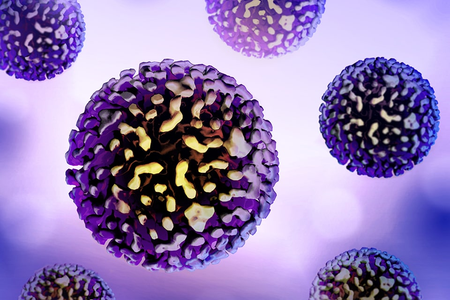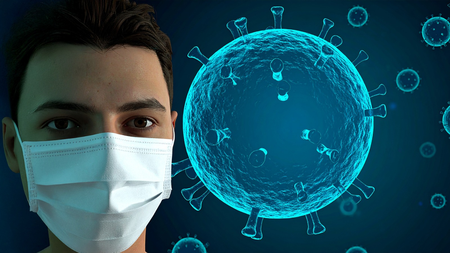
New Delhi, Aug 13 (IANS) Researchers from the National Institute of Technology (NIT) Rourkela have uncovered how natural sugar-like molecules in the human body can alter the behaviour of a protein responsible for bone formation and repair.
The findings, published in the journal Biochemistry, can be used for advanced treatments in bone and cartilage regeneration, improved implants, and more effective protein-based medicines.
From building tissues and supporting chemical reactions to acting as signals between cells, proteins carry out various functions in the human body.
However, for the best productivity, they need to be folded or unfolded into precise three-dimensional shapes. Understanding why and how proteins unfold is a major goal in biology, with implications for medicine, biotechnology, and drug delivery.
In this context, Bone Morphogenetic Protein-2 (BMP-2) plays a crucial role in forming bones and cartilage, healing injuries, and guiding stem cells to become bone-forming cells, said the team from NIT.
However, in the human body, this protein interacts with different Glycosaminoglycans (GAGs), special sugar-like molecules found in connective tissues and joint fluids.
The team investigated how these different GAGs affect BMP-2 when it is exposed to “stress” in the form of urea-induced chemical denaturation.
The team observed that BMP-2 unfolded faster in the presence of Sulfated Hyaluronic Acid (SHA) — a type of GAG — compared to regular hyaluronic acid or without additives.
The researchers found that SHA binds directly to BMP-2 protein, gently altering its structure and making it unfold in a more controlled manner.
“BMP-2 is a critical protein in humans that plays a fundamental role in osteogenesis and bone regeneration, residing within the glycosaminoglycan-rich extracellular matrix environment of bone tissue. Our study reveals how specific GAG-BMP-2 interactions influence unfolding dynamics and structural stability,” said Prof. Harekrushna Sahoo.
“These insights allow scaffold designs to actively preserve BMP-2’s functional conformation, prolong bioactivity, lower dosage needs, and reduce side effects. Furthermore, the work offers a mechanistic basis for tailoring GAG functional group modifications to modulate protein structure and activity, guiding next-generation pharmaceutical formulation,” Sahoo added.
BMP-2 naturally exists in vivo and predominantly as part of a proteoglycan complex; consequently, its interactions with GAG chains are integral to its conformational dynamics. These interactions critically influence the protein’s osteoinductive potential.
Functional group modifications of GAGs, such as targeted sulfation, can profoundly modulate these interactions, imparting enhanced structural stability under physicochemical stress while preserving bioactivity.
The research insights can help in developing improved biomaterials and drug delivery systems for the treatment of bone fractures, spinal injuries, and degenerative bone diseases. It can also aid in optimising drug delivery during treatment and reducing side effects for patients.
–IANS
rvt/




